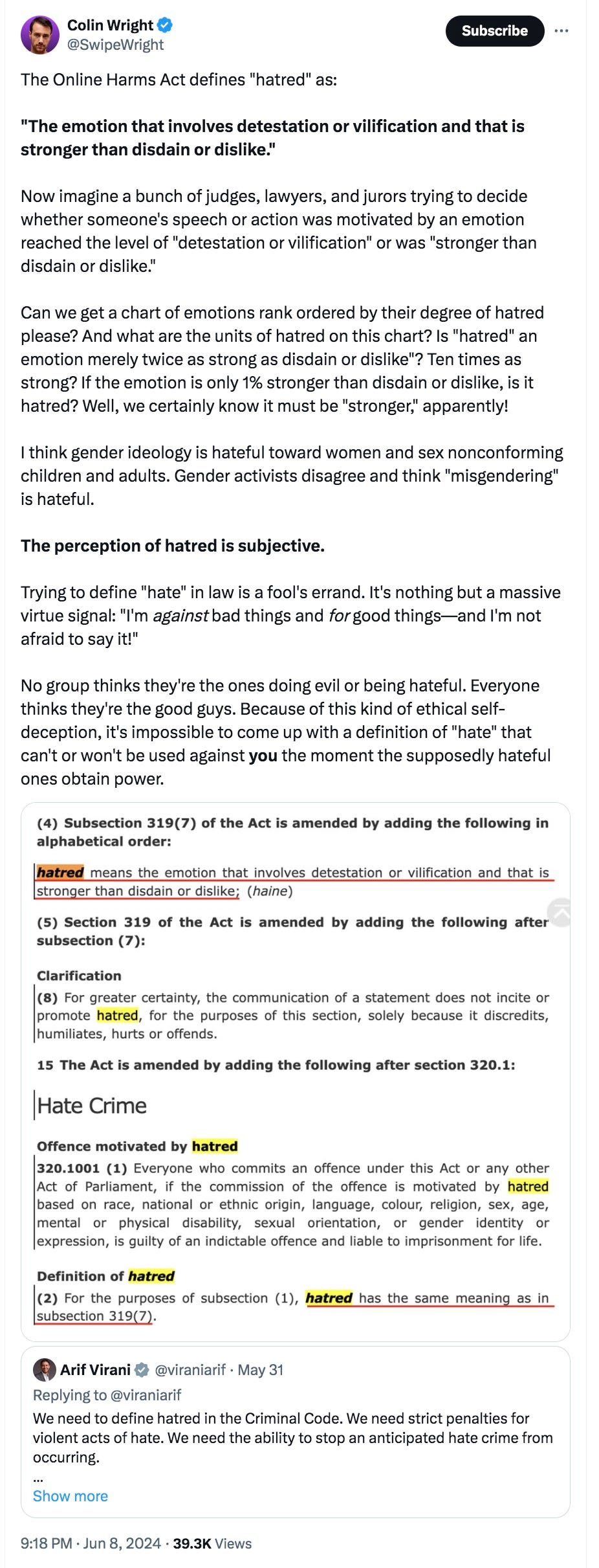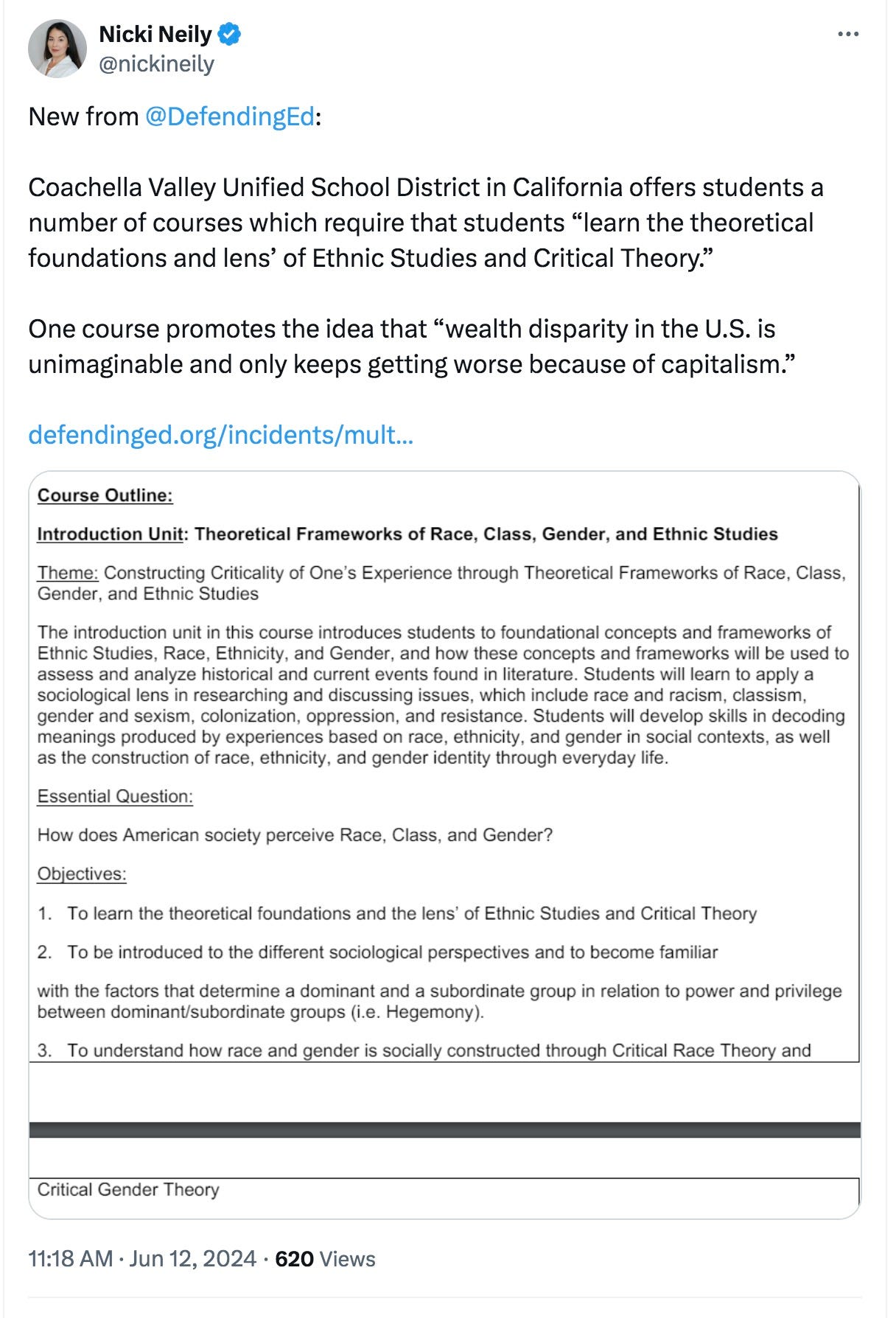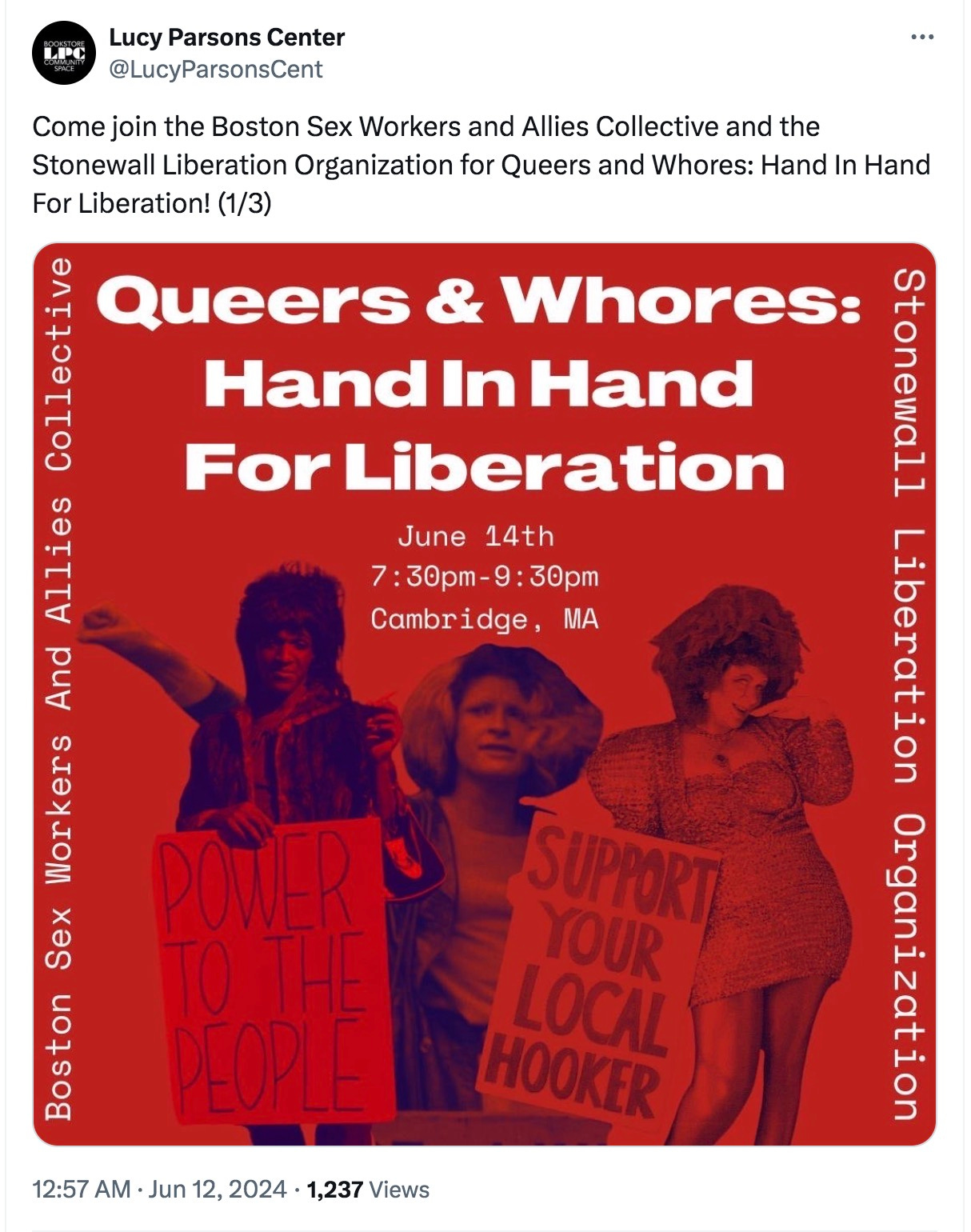E-Pluribus | June 12, 2024
DEI is sinking under its own weight; G.K. Chesterton on democracy and tradition; and Gaza is not entitled to its own facts.
A round-up of the latest and best musings on the rise of illiberalism in the public discourse:
Megan McArdle: Don’t blame the Supreme Court for universities’ stunning reversal on DEI
While some point the finger at the Supreme Court for sabotaging university DEI policies, Megan McArdle at The Washington Post says schools should just take a long look in the mirror instead. The seeds of DEI’s destruction, McArdle argues, are contained in the policies themselves, and they’ve had plenty of time to germinate.
After a decade of ever-escalating commitments to diversity, equity and inclusion, elite campuses are reversing course.
[. . .]
It's amazing to watch such an abrupt volte-face. What’s even more amazing is how far things went beforehand and how long the correction took to arrive.
It makes sense that universities want to diversify the ranks of their professors and students. Most campuses were part of America’s noxious regime of racial discrimination, and it is right for them to help repair that regime’s legacy of disadvantage. Elite-making institutions also have good reason to want to form an elite class that looks like America — if only to shore up the perceived legitimacy of those institutions. But while inclusion is one source of legitimacy, it is not the only one, and in pursuit of it, universities started compromising other values that were essential to their mission and to public trust.
[. . .]
The resulting reputational damage was probably manageable as long as the prevarications were confined to a few well-meaning fibs about admissions policies. But lies have a way of snowballing, as each ensuing contradiction with reality forces us to invent a new falsehood to protect the old ones. See how the Harvard admissions officers who, forbidden to forthrightly cap the number of White and Asian students, instead insisted that Asian applicants deserve lower personal ratings than other candidates. Most of the obfuscations are not this offensive, but they are all corrosive, and the thicker they’re slathered on, the more they weaken the underlying institution.
Members of academic communities are now supposed to maintain an elaborate false consciousness. They must insist that affirmative action was the only thing keeping the ivory tower from reverting to its lily-white antecedents but deny that any individual student or faculty member ever benefited from it. They should support admitting students with weaker academic qualifications but professors can be fired for noticing if those students struggle more with coursework. And, of course, having established the principle that hurtful facts should not be said, universities have applied it more and more broadly, resulting in biologist Carole Hooven being hounded out of Harvard for saying, among other things, that biological sex was real and binary (while also noting that this does not prevent us from respecting someone’s gender identity and using their pronouns).
Such double-think regimes are vulnerable to what economist Timur Kuran calls a “preference cascade in reverse”: As people realize their neighbors share their skepticism, they start voicing their true opinions, an effect that dominoes until the whole regime collapses. This of course makes it necessary to ferociously suppress even the mildest statements of truth.
Read it all.
Mike Kerrigan: ‘The Democracy of the Dead’
“There’s nothing new under the sun,” wrote the Preacher in Ecclesiastes thousands of years ago. And with all that is “new” since, there’s still nothing really new under the sun. At the Wall Street Journal, Mike Kerrigan, rather than looking back thousands of years, looks back a little more than 100 years for some similar wisdom for the present generation.
As global events spin out of control, consider that our fallen world has always been this way, and we need not look only to ourselves for answers. We have the wisdom of the past.
In his spiritual autobiography, “Orthodoxy” (1908), G.K. Chesterton observed that tradition is “democracy extended through time.” It means “giving votes to the most obscure of all classes, our ancestors,” and resisting “the small and arrogant oligarchy of those who merely happen to be walking about.” People die, but their ideas live on. Particularly in a constitutional republic, we should avail ourselves of the wisdom of the past and heed what Chesterton called “the democracy of the dead.”
Later and with no less panache, he demonstrated why. In “The Thing” (1929), Chesterton introduced the parable of the fence, in which a reformer finds a fence across a roadway and calls for its removal because he doesn’t see the use of it. Chesterton contrasts him with “a more intelligent type of reformer,” to whom ignorance of the past—of why the fence was built in the first place—justified not removing but preserving it, at least until the fence’s reason for being was understood. “Go away and think,” was the second reformer’s wise counsel to the first.
Read the whole thing.
Eli Lake: Why We Shouldn’t Trust ‘the Facts’ Coming Out of Gaza
Just the facts, ma'am, Joe Friday said. Eli Lake in The Press Free says we should be so fortunate. On the contrary, Lake says much of what is coming out of Gaza is far from the truth.
Hamas’s most effective weapon is the war’s high body count. According to the Hamas-controlled Gaza Ministry of Health, more than 36,000 Palestinians have perished since the war began. That’s more than thirty times the approximately 1,200 people slaughtered by Hamas in Israel on October 7.
The Gaza Ministry of Health, like all branches of Gaza’s local government, is controlled by Hamas. And yet very few mainstream journalists have expressed skepticism about the statistics it publishes. During Israel’s raid, which freed four hostages, several outlets focused on the number of civilians that allegedly died in the process. One BBC headline, for example, said: “Gaza Health Ministry Says Israeli Hostage Rescue Killed 274 Palestinians.”
But recently, a Western report has cast doubt on the accuracy of one of Hamas’s key facts, namely that “70 percent” of Palestinian casualties in the war are women and children.
On June 7, the Associated Press published an analysis discrediting this claim. By combing through actual data behind the ministry’s figures, the agency found that the percentage peaked in late October, when 64.4 percent of 6,745 dead were women and children. That percentage dropped to 59.3 percent for casualties reported on January 5, then 45 percent for March 29, and 38.1 percent for April 30.
[. . .]
The AP analysis is a watershed moment, said David Adesnik, the director of research at the Foundation for Defense of Democracies, who has tracked the casualty numbers since the conflict began.
“This is a scrutiny that has not been applied by any mainstream prestige outlet until now,” Adesnik told The Free Press. “And it’s particularly important coming from the AP because they were among the most vocal in defending the ministry’s credibility.”
Read it all here.
Around Twitter (X)
Via Colin Wright, a good breakdown on the Canadian “Online Harms” legislation":
Via Nicki Neily of Defending Education, high school students being taught about the evils of…capitalism:
And finally, via the Lucy Parsons Center, which calls itself “Boston’s only and oldest radical bookstore and community center.” Just as some in the LGBT movement have “reclaimed” the term “queers,” here’s an apparently new movement to reclaim “whores” for the “sex worker” community. At least in Boston. And yes, this is real. (via Jonathan Kay)










Some great notes here. My only request would be for you to elaborate on the meaning of each sketch. Don’t treat this as an intimate book club. Tell the reader clearly why the use of “whores” is hypocritical, manipulative and downright dishonest. And why the abuse of the concept of capitalism is the same.